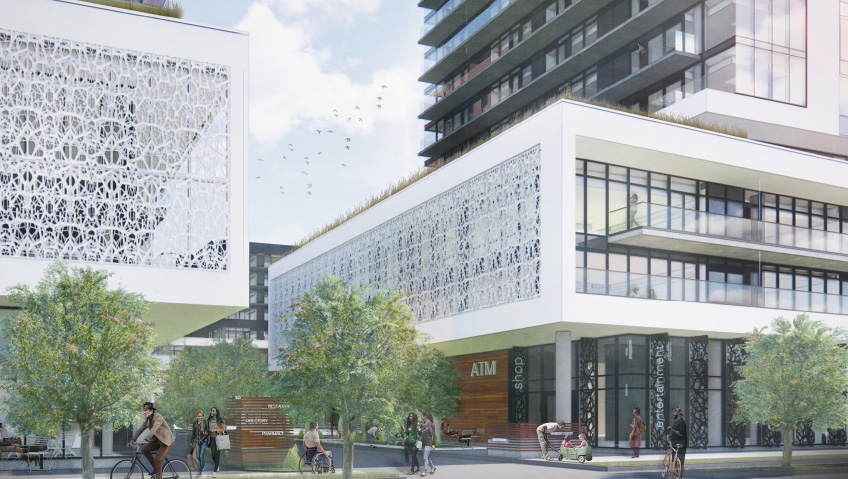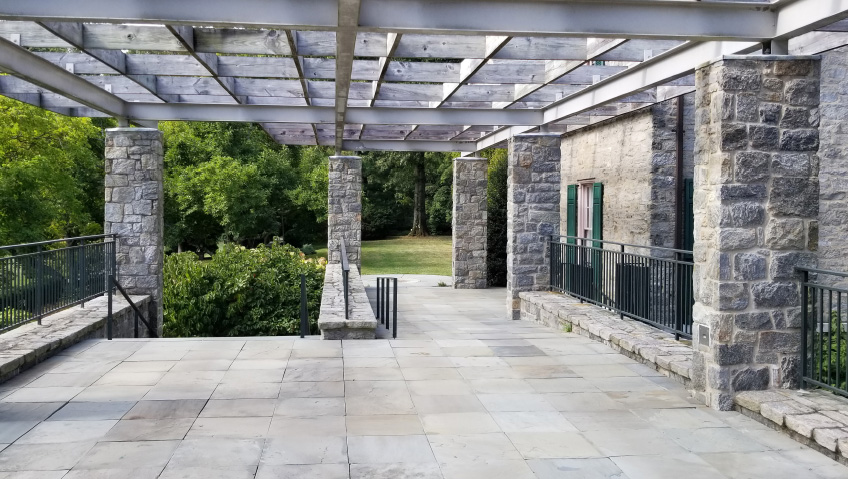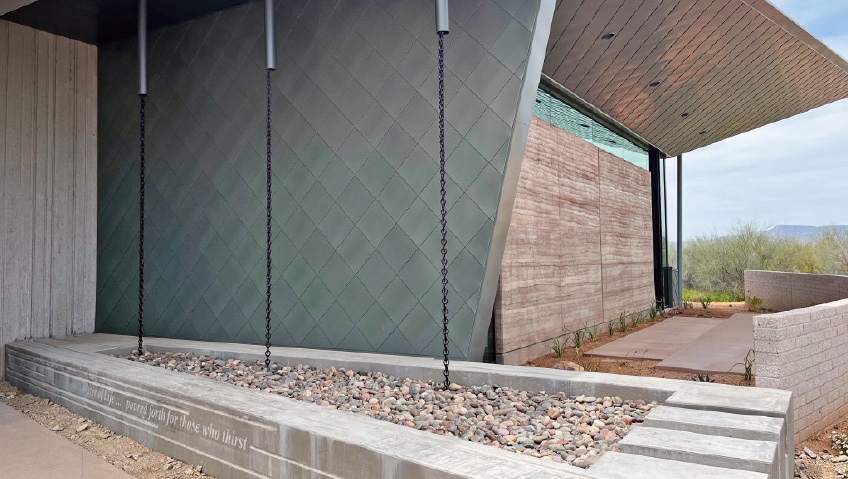Real estate, when developed thoughtfully in concert with policies and standards that uphold sound principles of design and function, plays a vital role in building prosperous economies and vibrant communities. It is also subject, however, to the laws of supply and demand, which certainly complicate how the market functions.
Housing is now a commodity, which contradicts its core function as a recognized international human right. As housing stock is in short supply and demand remains high, prices have been driven through the roof, which has implications for home ownership, rental costs, and availability, worsening the housing crisis across North America.
In Canada and the United States, there’s a strong desire amongst residents to own a home and as a result, a significant percentage of wealth is tied to real estate assets. At the peak of the subprime mortgage crisis in 2006/2007 which led to the fallout of the global financial crisis, real estate represented 6.7 percent of the U.S. gross domestic product (GDP).
When interest rates were cut in 2020, residential investment represented nearly a tenth of Canada’s gross domestic product (GDP). While this number has decreased, it remains higher than the crisis levels experienced by the U.S. and while it may seem like the perfect storm is brewing, the Canadian market is far more insulated than its neighbours to the south.
While market corrections like the one that took place in the U.S. are always looming, meaning Canada is never immune to crisis, the same level of fallout isn’t likely to take place as there are marked differences in how the respective markets operate. Canada’s market is better insulated thanks to more stringent lending practices, tighter borrowing requirements, and stricter rules about housing developments and house-flipping. Land transfer taxes and other rules limit developers’ ability to freely develop multiple properties at a time and offer greater market stability.
Further, Canadian mortgage interest is not tax-deductible, rendering little tax advantage to holding large mortgages, as is the case in the U.S. where policies were developed to encourage home ownership amongst all classes, including low-income Americans via subprime lending, which ultimately led to the crisis.
There’s more to it, though. A 2021 Scotiabank study found that Canada has the fewest housing units per head of any G7 country, with two-thirds of the nation’s housing shortage in Ontario alone. This shortage is one of the biggest threats to stability so development needs urgently to be encouraged to meet the population’s needs—which the Canada Mortgage and Housing Corporation (CMHC) estimated to be 3.5 million additional housing units by 2030.
To make matters worse, it’s a market dominated by investors. During the pandemic, one in four residential properties in Ontario was owned by investors, and when it comes to investors, real estate investment trusts (REITs) are some of the biggest players in this space. As of October 2022, the nine leading Canadian REITs had a combined market capitalization of $50 billion CAD, an indication of the role these investors play in the real estate market and the value and profit that can be unlocked.
As Ontario is ground zero for most of Canada’s housing shortage, the government has invested resources to better understand the market’s needs. The Ontario Housing Affordability Task Force consulted with stakeholders to get a better sense of why home prices have more than tripled in ten years and what can be done to address supply issues.
As it stands, Ontario needs to build 1.5 million homes over the next ten years to address the supply shortage. Further to this, the Task Force identified that both land and infrastructure in the province could be used more effectively, as there is a great deal of underused or redundant commercial and industrial space.
From a legislative standpoint, many policy changes can be made to kickstart development in a way that serves both developers and the community. Amendments could be made to the Planning Act; zoning requirements could be modernized to make better use of land; and better incentives would encourage investments.
Currently, of 35 OECD countries, Canada is second to last (to the Slovak Republic) in the time it takes to approve building projects. The process is complex and time-consuming and as we know, time is money. This is especially true of real estate developments.
According to a 2020 study by BILD, every month a low-rise project is delayed amounts to $1.46 per square foot more in costs that are passed along. An easy way to simplify the process would be to digitize it and reduce the red tape to expedite development, as long as this is not done at the expense of accountability.
The red tape, in this case, includes lengthy, complicated application and appeals processes, material and building restrictions, the need for updated taxation laws and new funding models, and the high costs of doing business (materials and labour account for only half of the overall costs, with land, government, and development fees making up the rest).
Done right, real estate development can rejuvenate communities, but this doesn’t always happen. However, with better policies, procedures, and planning, the development and redevelopment of properties and land could work to create rich, vibrant communities where the needs of the entirety of the population are met. New residential development is often followed by commercial development—the shops and infrastructure, services and support that are required by any community to thrive, which leads to increased employment, additional growth, and a bump in prosperity.
It’s clear that development is an important part of the equation when it comes to growth, but it needs to be done in a way that’s thought through and meaningful to ensure that it harmonizes with local objectives and needs. If it’s sustainable design using environmentally friendly materials, even better.






